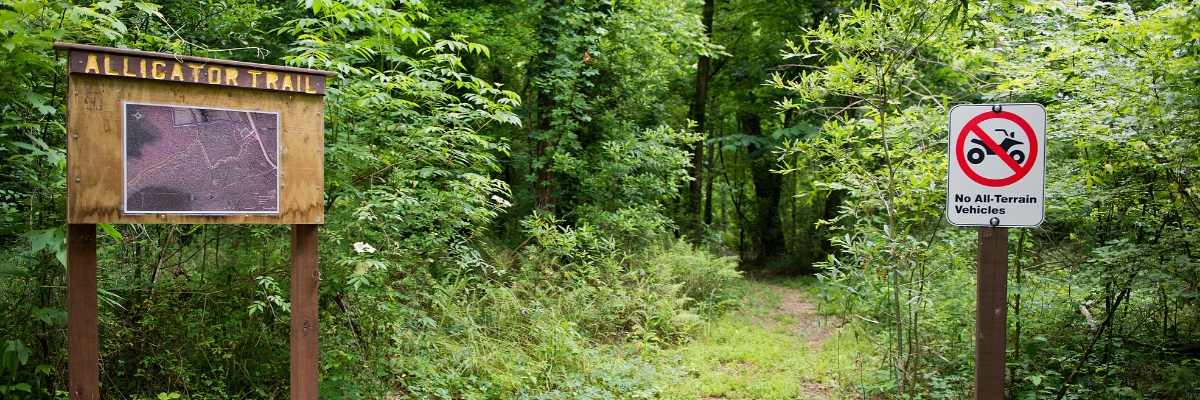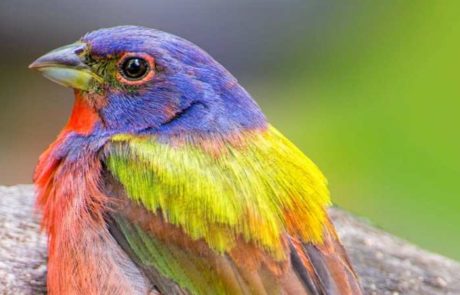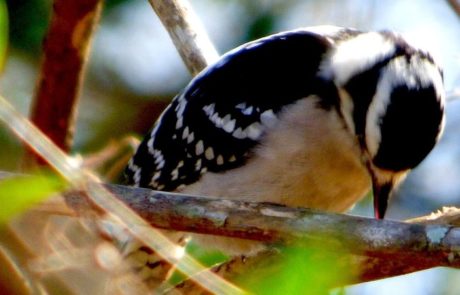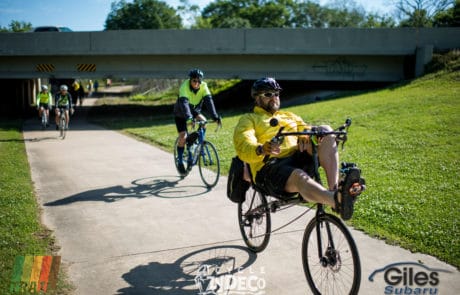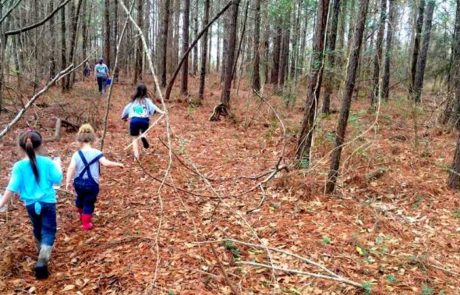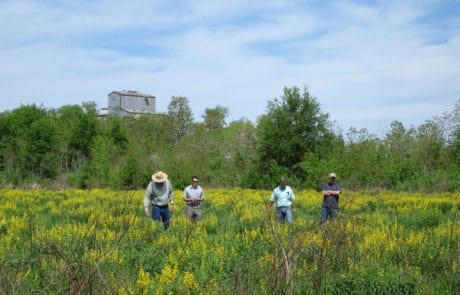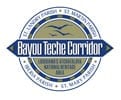St. Landry Parish is the largest parish in Louisiana by landmass. Among these sprawling lands, we are blessed to have several diverse ecosystems and wildlife, including coastal prairies, upland hardwood habitats, bottomland hardwood habitats, and the iconic wetlands.
The coastal prairie, or Cajun prairie, is characterized by rolling fields of grasses and wildflowers, some of which were used by indigenous people as healing items. Some locals who have native prairie plants in their gardens report the rejuvenating effects of wild bergamot just from maintaining them normally. Upland hardwood can have mixtures of evergreens, pines, and deciduous trees. Magnolias and live oaks are some of the more well-known Louisiana trees found here. Gum, oak, and bald cypress are parts of the bottomland hardwood ecosystem. For more about these ecosystems and the native plants surrounding the St. Landry Parish Visitor Center catch up on our other blog here.
There are many ways to appreciate all that the outdoors of St. Landry Parish has to offer. Here, we will go through some of the activities you can participate in and how.
Trail Safety
Before you head out on your outdoor adventure, the Atchafalaya Water Heritage Trail has these safety tips for you:
- Some trail sites are remote and may be out of internet service range, so carry a Louisiana road map and printed driving directions with you. You can pick up waterproof paddle trail maps as well as Louisiana road maps at the St. Landry Parish Visitor Center.
- If planning to walk, hike, or paddle at a trail site, research the site’s amenities beforehand and pack water, bug spray, and sunscreen.
- Practice Leave No Trace principles by carrying out everything you carry in. Do not litter.
- Check the weather forecast and dress accordingly. Wear appropriate footwear for the activities you will be engaging in.
- Tell someone where you are going.
- Stay on approved walking/paddling trails so as not to damage the nearby environment.
- Do not leave valuables in your car.
- Always wear a lifejacket when on the water and know your limits. When paddling, choose a trail that is appropriate for your skill level.
- Obey rules posted at trail sites. Trail sites are owned by different organizations, agencies, and private landowners, so rules may vary.
- Take pictures, not souvenirs. Leave natural objects and cultural artifacts for future visitors to discover.
Birdwatching
In a previous blog post, we spoke about some of the different bird species that make St. Landry Parish their home and where one would be able to find them. Here I’d like to talk about some ways to make that experience a little easier especially if you have an interest in getting started with birdwatching. If you have a Louisiana hunting or fishing license, you’re good to go to traverse our Wildlife Management Areas. If you don’t have one or are not interested in having one, you can buy a Wild Louisiana Stamp online here. This will give you access to WMAs or other Louisiana Department of Wildlife and Fisheries managed lands for just under $10 a year or $2 for a single day. You can learn more about other WMA/Refuge/Conservation Area licenses, permits, and access requirements here.
Some birds that have been sighted in St. Landry Parish are either endangered or protected. The Swallow-tailed Kite is one of these remarkable avians. A white and black raptor with long, pointed wings, this bird has a deep forked tail, not unlike a swallow. It is the largest of the North American kites. St. Landry Parish falls within their breeding range where they prefer pines adjacent to swampland. If you spot one of these birds, please contact Jennifer Coulson at jacoulson@aol.com or 504-717.3544.
Indian Bayou is managed by the US Army Corps of Engineers and is a part of the America’s Wetland Birding Trail that you can follow to hit iconic swampland birds including songbirds, raptors, and wader-bird species as well as the Bald Eagle. You won’t need a Wild Louisiana Stamp for this area. Bayou Fordouche, Bayou Fuselier, the north flats of Henderson Lake, and Lake Bigeaux all run through this area and are perfect to spot large wading birds like the Rosette Spoonbill, Wood Stork, and Great Egrets. This area also offers 35 miles of hiking, biking, and horseback riding and eight miles of all-terrain vehicle trails.
Biking
While our Wildlife Management Areas are not suited for mountain biking, there’s no denying our scenic byways are ideal for long-distance biking. If you truly want to experience a biking adventure like no other, you have to attend Cycle Zydeco. Every year, Louisiana’s Cajun & Creole Cycling Festival rolls through Acadiana. Hundreds of bikers from across America and even the world, participate in this “rolling party”. They have live music, food, swamp tours, scavenger hunts, beer tastings, and of course, a winding stretch of road with scenic views.
If you can’t wait until April when the festival kicks off, then you can try the route yourself. Here’s a map of the route they take through St. Landry Parish.

This path is chosen for the general lack of traffic, its avoidance of major highways, and scenic views. It follows, for a time, Bayou Teche and eventually Bayou Courtableau. These two waterways were important for steamboat travel back in the 1800s.
Hiking/Walking Trails
Besides the winding paths of our Wildlife Management Areas, there are several places to experience the natural beauty of St. Landry Parish. The Cajun Prairie Restoration Site is a 10-acre tract of land in Eunice used as a living exhibit of the now endangered ecosystem of the Cajun Prairie. Walk the paths and see the collection of grasses and wildflowers that dot this rolling field. Check out their website for guided tour events.
Another way to appreciate the outdoors on foot is by visiting Atelier de la Nature in Arnaudville. This nature reserve and education center aims to inspire people to steward the nature in their backyard. They offer dual-language cooking workshops, guided nature walks, eco-workshops, art and science educational programming, and more. At the site, they are working to preserve native prairie lands, hardwood, and wetland habitats as well as family-friendly nature trails with outdoor art pieces including sculptures using recycled materials.
You can continue reading about outdoor activities in St. Landry Parish, here, in Part 2 of our Comprehensive Guide.
Mary Hawkins is the communications manager for the St. Landry Parish Tourist Commission. Contact her at hawkins@cajuntravel.com.

